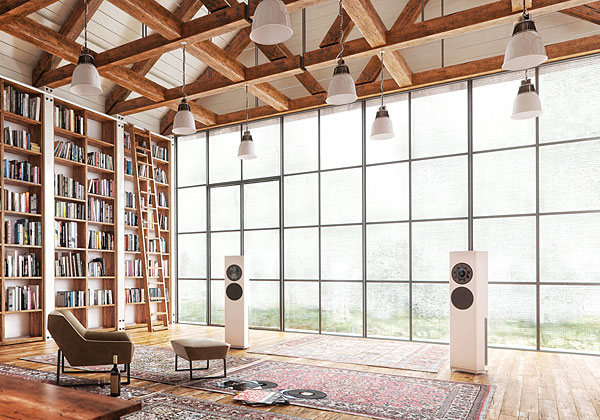| Columns Retired Columns & Blogs |
Are they gone?
I value most of all the measurements from JA. No measurements, no Stereophile subscription. I have a curious illness. I read only numbers and plots and some call me objectivist.
But maybe measurements are just not published yet?
Curiously, the glorious previous DAC had no measurements neither.










































